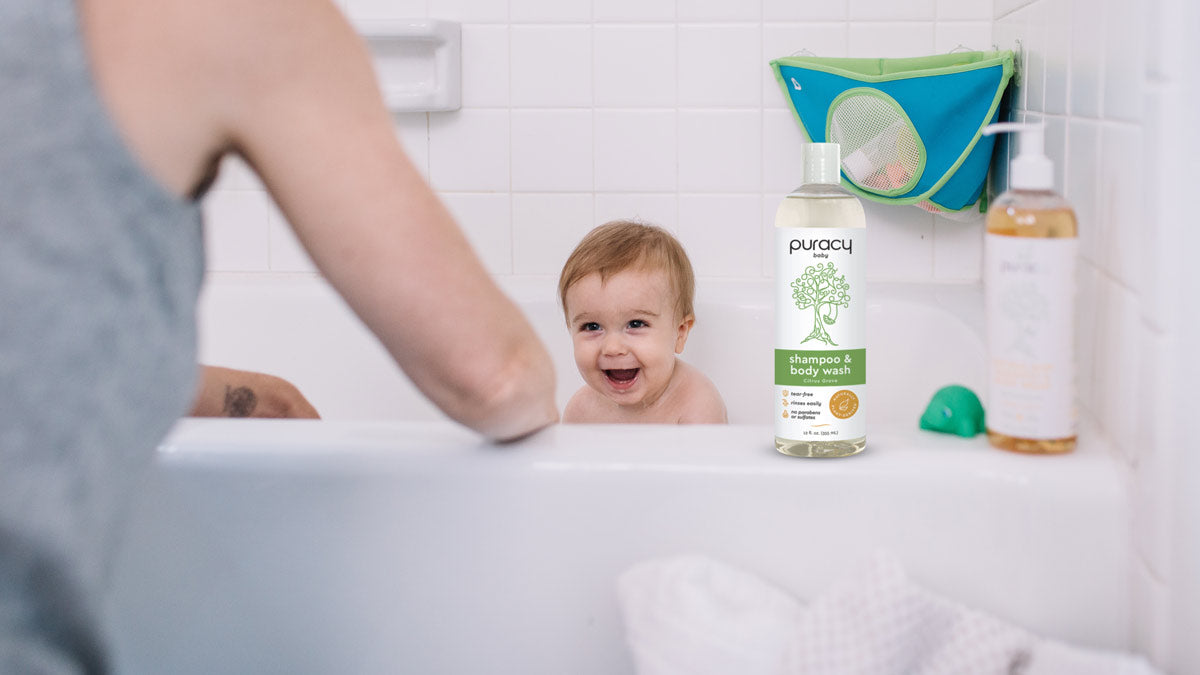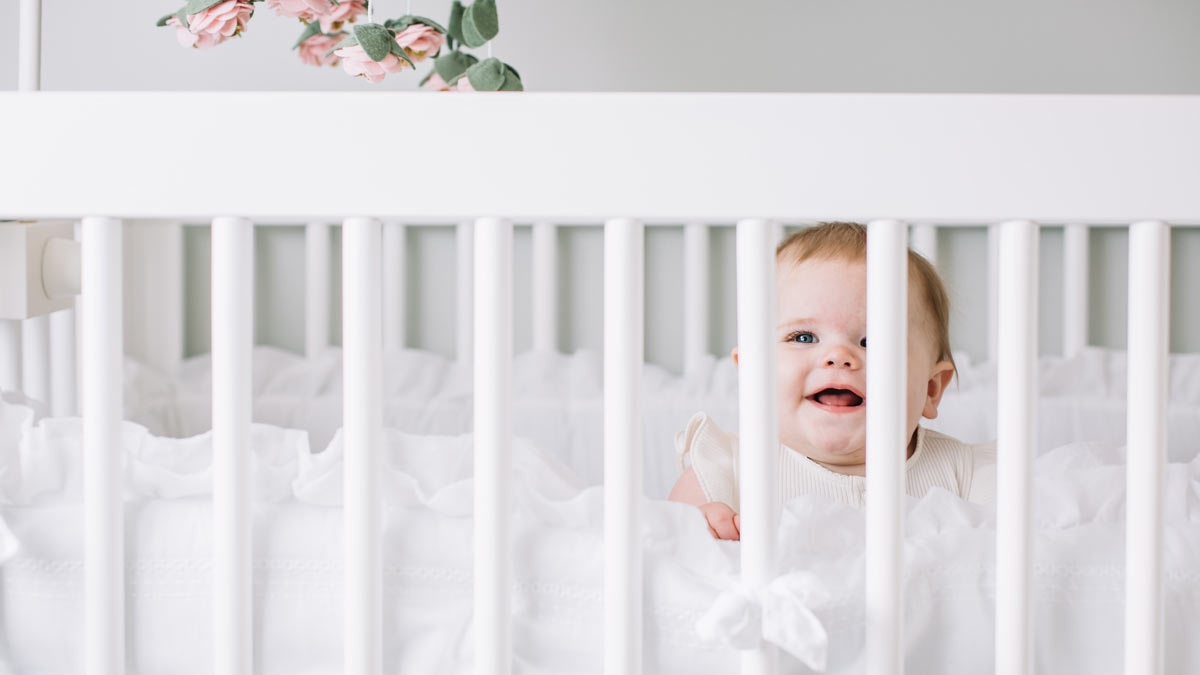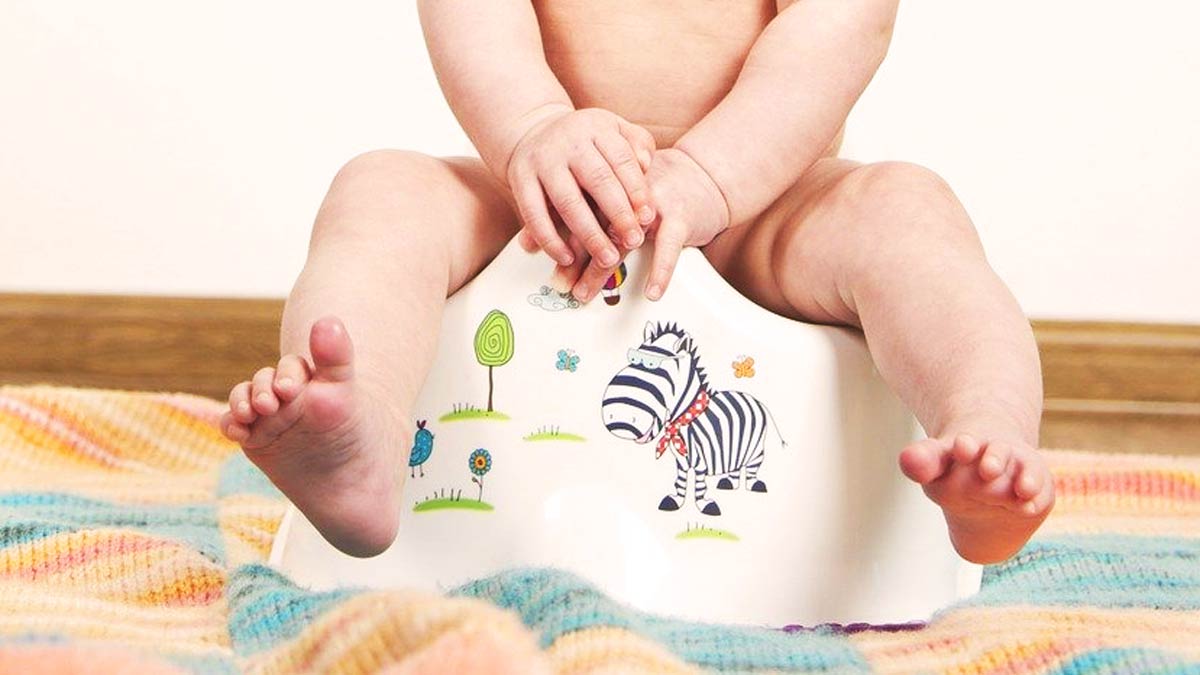
Baby Bathing Tips That'll Make Everyone Happy
Written by Tenley Haraldson. Reviewed by Sean Busch.
New parents may dream about a giggling baby in a bathtub – but you may face a more tearful ordeal. We’ve compiled the following helpful baby bathing tips to take the stress and mystery out of your newborn’s first bath – and beyond.
1. The Most Important Bathing Tip of All
It doesn't matter how low the water level is: Always supervise your infants and small children during bathtime.
2. Tips for Bathing a Newborn

Here’s something we wished we’d known: Newborn bathtime isn't really that necessary. Healthy babies are born with vernix caseosa, a waxy coating that helps moisturize skin and regulate temperature.
Until their umbilical cords fall off (around 1-2 weeks), use warm water and a sponge cloth to gently clean between folds of skin, under the neck, and behind the ears. After their navel (and circumcised area, if applicable) has healed, you can start bathing your infant once or twice a week.
Obviously, once babies start crawling and eating/flinging solid foods, they get dirty fast. Full baths may be necessary every 1-2 days, but parents can keep their faces, hands, necks, and bottoms clean with a warm, wet washcloth.
3. Choose the Best Natural Baby Bath Products
Gentle, effective, and natural baby products don’t have to be expensive, and Puracy’s formulations – like our Natural Baby Shampoo & Body Wash – are proof of that. We use coconut-based cleansers, nourishing vegetable-based moisturizers, and essential oils instead of perfumes or artificial fragrances.

We founded Puracy to provide safe, effective products for your littlest ones. That's why questionable ingredients have zero place in our products.
4. Is Bubble Bath Safe for Babies?
While bubbles help to clean while adding a little fun to bath time, newborns and infants really don’t need these products: Parents do most of the work and infants aren’t even old enough to be entertained by them.

If you use a bubble bath, ensure that it’s safe for extra-sensitive skin, like our Natural Baby Bubble Bath. Developed by doctors. this coconut-based cleanser is hypoallergenic, cruelty-free, and delicately scented with organic essential oils.
In addition to being extremely nourishing, you don’t need to worry about the 98.75% natural ingredients getting into mouths or eyes. Our gentle formula means that discomfort is extremely short-lived and can be fixed quickly by rinsing with fresh water.
5. How to Make Bath Time Easier for Babies
Whether singing lullabies or reading books aloud, creating an interactive and relaxing baby bath time allows incredible bonding opportunities between you and your little one. And skin-to-skin contact is crucial for your baby’s sensory development, too.
While some babies can’t get enough of “splish-splashing”, others can’t stand it. Just like any new experience, it can be a shock to the system. Slowly ease your child into it by:
- Using a soothing voice.
- Choosing a time when your baby is relaxed, not when they’re tired or immediately after they’ve eaten.
- Getting in the bath with them.
- Using a cup to gently wash away shampoo and soap.
- Ensuring the right water and room temperature (more on that below).
After bath time, gently pat your child’s skin dry and place them in enough towels (or a hooded towel for head-to-toe warmth). Immediately follow up with an organic baby lotion to lock in moisture.

6. What Is the Best Baby Bath Temperature?
From infants to adults, the best bathing routine uses warm water (around 100°F/37.78ºC). While you could invest in a bath thermometer, the simplest method involves using your elbow or wrist to determine water temperature. Before placing your baby in the water, be sure to swirl the water around to disperse any possible hot spots.
How to Keep a Baby Warm During Baths
Since babies chill easily, your bathroom should be free of drafts and kept warm (about 75°F/23.8ºC). During winter months, consider using a space heater at a safe distance. Placing a warm, wet towel on your baby's belly can also prevent them from catching cold.
7. Do I Need a Baby Bathtub?

To keep your baby from slipping in the tub, we recommend using a contoured baby bathtub or one with an internal sling for support. When your child starts rolling and crawling (around 6 months), your regular bathtub should be fine to use – but with an extremely low water level.
8. Which Baby Bath Product Ingredients Should I Avoid?
According to the National Eczema Association, many baby bath products contain harsh chemicals that can cause redness, burning, itching, and hives. Countless ingredients in baby bath products have no business being used on your little one’s ultra-sensitive skin:
-
Artificial Fragrances
Artificial fragrances are meant to simulate natural ones, but they can contain hundreds of separate chemicals (including phthalates). Since fragrances are a “trade secret”, the FDA doesn’t require manufacturers to list all of these ingredients. In other words, you don’t really know what’s used in a lot of personal care products.
-
Parabens
Parabens are preservatives commonly used to extend the shelf life of many products. Recent studies have linked infant exposure to reproductive and growth issues.
-
Formaldehyde & Formaldehyde Releasers
Even though formaldehyde is a classified carcinogen and a common allergen, it’s still used in upwards of 20% of U.S. personal care products as a preservative. What’s more, formaldehyde releasers occur when certain chemicals decompose and/or when these chemicals are synthesized from formaldehyde itself. More than 30 are approved for use by the FDA.
-
Isothiazolinones
Chemicals like methylchloroisothiazolinone (MCI) and methylisothiazolinone (MIT) are often used to far longer shelf lives while preventing bacteria, fungi, and yeast growth. There are increased reports of sensitivity to isothiazolinones, especially with products like lotions and body creams. Even in lower concentrations, around 8% of study subjects experienced an allergic reaction to isothiazolinones.
-
Cocamidopropyl Betaine
As a surfactant, cocamidopropyl betaine helps break the surface tension of water and help dirt, oil, and grime rinse away.
In 2004, this substance was named the “Allergen of the Year” by the American Contact Dermatitis Society. While a safe ingredient for many people, low-quality cocamidopropyl betaine is a common skin irritant for those with sensitivities.
For Your Baby's First Bath at Home, Use Puracy Products
Puracy is dedicated to providing the gentlest most effective natural baby products and plant-based home cleaners anywhere. Our ingredient lists are transparent, and we work with PhD chemists and pediatricians to develop formulas that are safe for every member of your family.



























